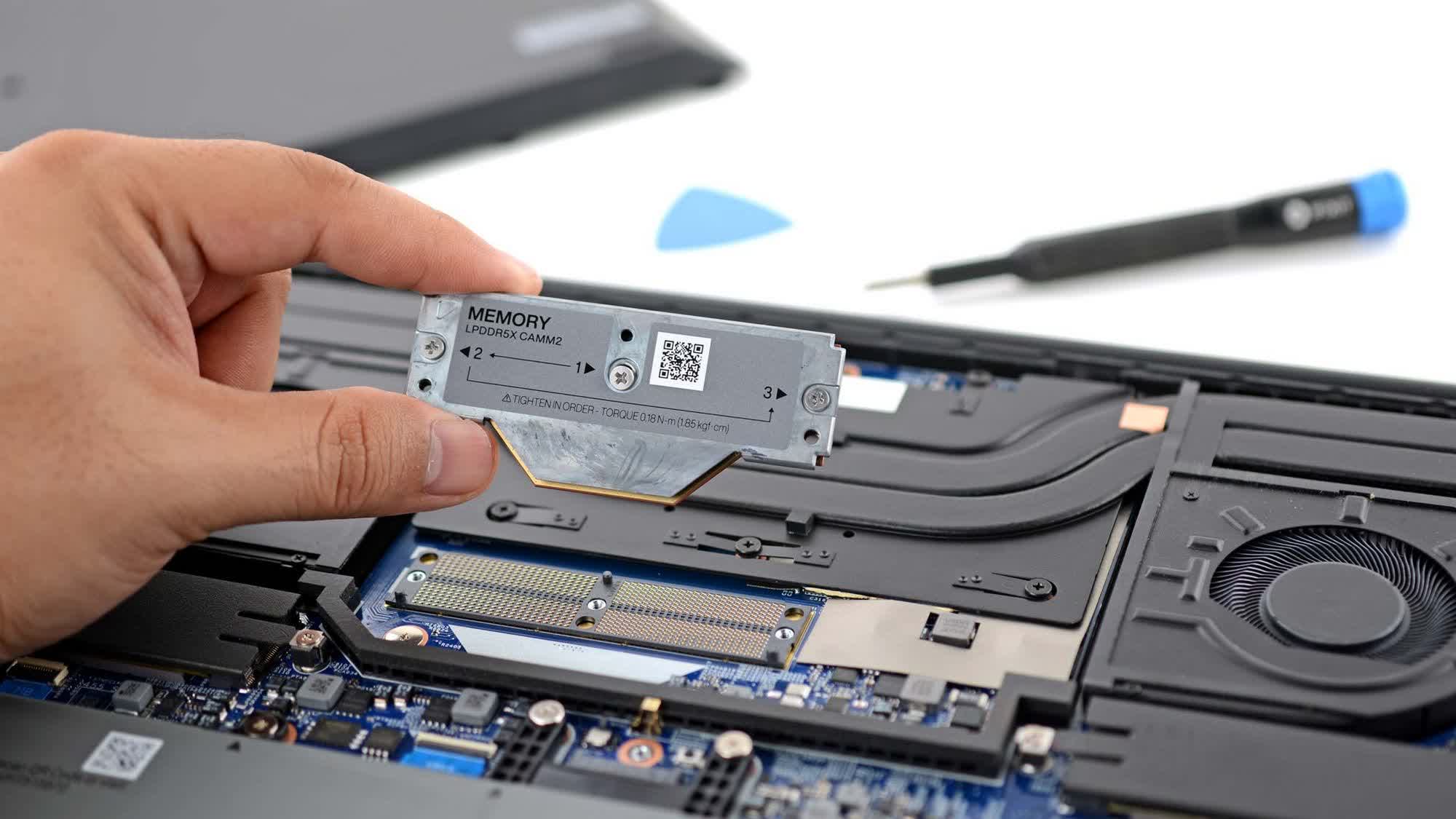RAM design really hasn't changed that much in decades as it's been a long thin slot in piece for so long so going to CAMM2 is huge even for the desktop. I really like it as it can provide very fast speeds and tons of capacity all on a single piece that's still interchangeable. I really hope this becomes the new standard as it's definitely an improvement. Really can't see any downsides whatsoever with this plus being a thin board it can be very nicely hidden into the board design with a nice heatsink for an even cleaner look.
No worrying about running in dual channel, mismatching modules and capacities, no more large heatsink clearance issues with air coolers, shorter traces for much faster speeds so hopefully better compatibility/reliability and all on a single small board that can still provide well over 100GB+ capacity right now, what's not to love about it I'd honestly change my board today for this tech if it was an option and I've only had it two weeks.

 www.techspot.com
www.techspot.com

